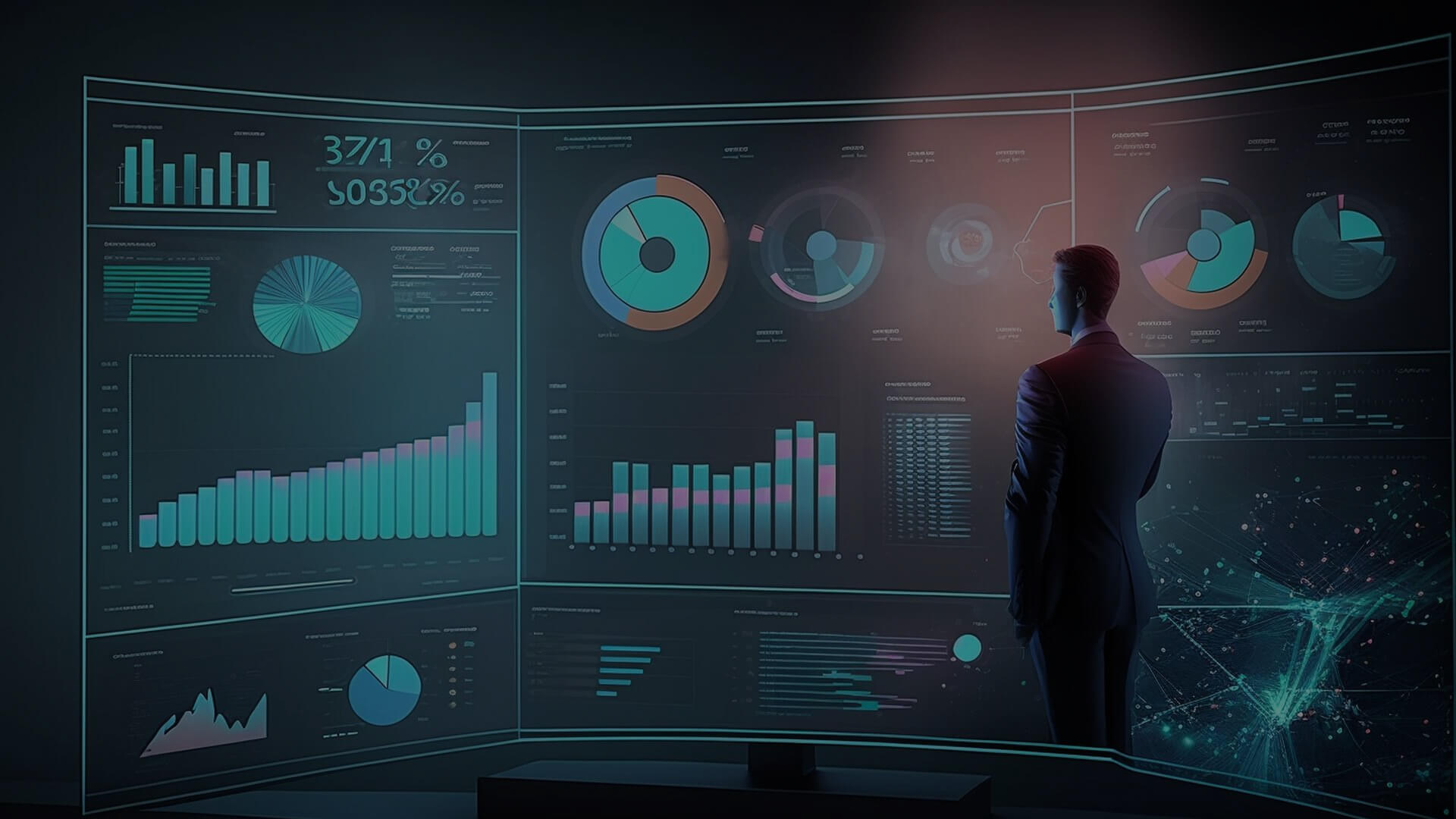The IAM strengthening at access controls is happening, while simultaneously a number of data breaches because of compromised credentials are leaving no spaces behind! Therefore user activity checks around initial access limits via UEBA are necessary.
This shows that there is significant weakness spotted in conventional IAM frameworks.
IAM takes care of the access management, but what goes on in internal systems remains an untouchable area. This is the situation creating an advantage for malicious insiders and hackers with credentials they steal. User Entity and Behavior Analytics (UEBA) can help!
UEBA is a digital guard that spots questionable departure from norms. That’s where when IAM works for strengthening access systems; UEBA’s behavioral insights make it a strong combination that does not let hackers get on the nerves.
In this era of never ending cyber security scenarios, UEBA enhances IAM, and through this article we will capture the gaps of IAM that UEBA fills.
However, let’s first understand how they are different from each other.
IAM v/s UEBA: The Kingdom and the Guard – Fortifying The Digital Kingdom
Imagine a heavily fortified castle as the domain of a company being protected by a very strong Identity and Access Management System. IAM is the gatekeeper of the castle verifying the identity of everyone requesting access. Being excellent at limiting access, it only allows entry to individuals who have been granted permissions. Castles can look strong externally; however they can be weak internally. Havoc will start happening once hackers start exploiting this blind area.
This is where UEBA comes in! UEBA watches everything that happens inside; it tests user and behavior patterns and spots variations that could indicate a possible threat. The key difference is that what is occurring once a user enters a system is taken care of by UEBA, while IAM focuses on who’s entering the system. Combining both, UEBA and IAM make sure that a layered security approach is implemented.
UEBA for digital security, acts like a unique dynamic fingerprint, based on the kind of devices, location, time and past access attempts. An alert is triggered, once there is a suspicious activity being observed like attempting logins from odd locations or trying to fetch sensitive data at odd hours.
IAM & UEBA Compliments Each Other:
- Deeper Threat Detection: IAM prevents unauthorized accesses effectively; however insider threats or compromised credentials can get past this first obstacle. UEBA keeps an eye on unusual activities, despite legit credentials.
- UEBA information assists with adaptive access control decisions, imagine an executive attempting to access highly confidential information on an unknown device while traveling overseas. During such situations, UEBA makes sure to have the access temporarily restricted or an MFA challenge issued when the activity is confirmed.
- Tracking down Insider Threats: Identifying Malicious Insiders is challenging. UEBA minutely tracks behavioral changes, which includes odd data downloads or attempts with the intent to access resources without authorization, which could lead to possible insider threats. This ensures giving intimation for a serious action before a big harm.
- Decreased false positives increase as older security solutions produce unnecessary noise giving too many pointless warnings. Security teams make sure to concentrate on real threats, because of UEBA’s behavior analysis, terminating the false positives.
Integrating UEBA with IAM makes sure that you proactively detect and neutralize threats – even the ones that already seem legit.
However, UEBA faces challenges such as data integration issues and noisy data. Variations in data collection sources can contribute to these problems, and UEBA sometimes generates insignificant alerts from minor activities. Inspirit Vision believes that the key to overcoming these challenges is to establish strategic and appropriate baselines, alert levels, and response plans.
Conclusion
The future of UEBA and IAM has a great synergy alignment. As AI strengthens IT, UEBA will make sure to analyses more complex user behavior patterns and data points.
The integration of UEBA and IAM moves towards a dynamic and context-aware approach to access-control.
At Inspirit Vision, real time UEBA insights are taken into consideration while adjusting access privileges, based on user behavior, location and other contextual factors.
IAM and UEBA constitute a highly effective combination, each complementing the other in their functionalities.
